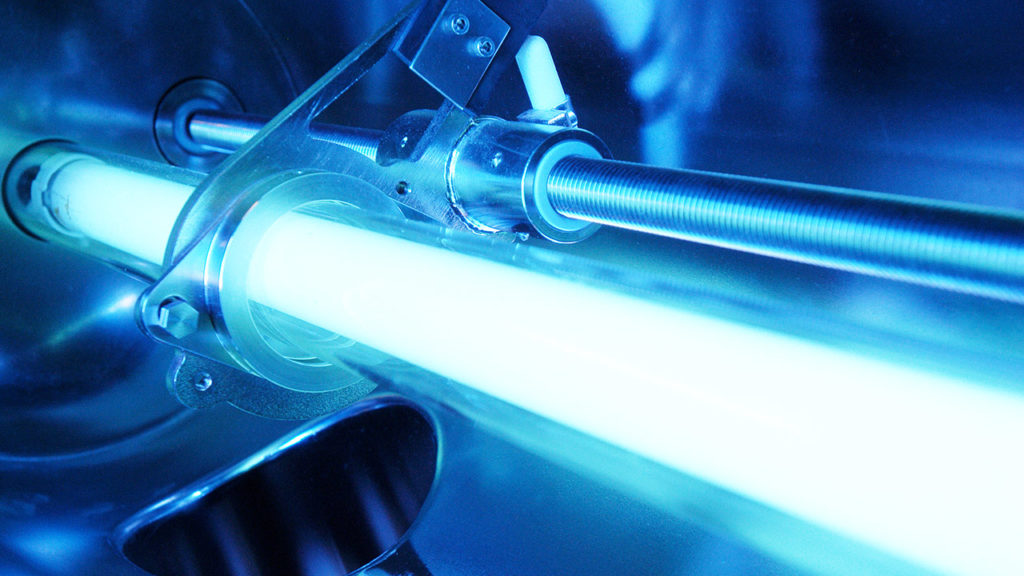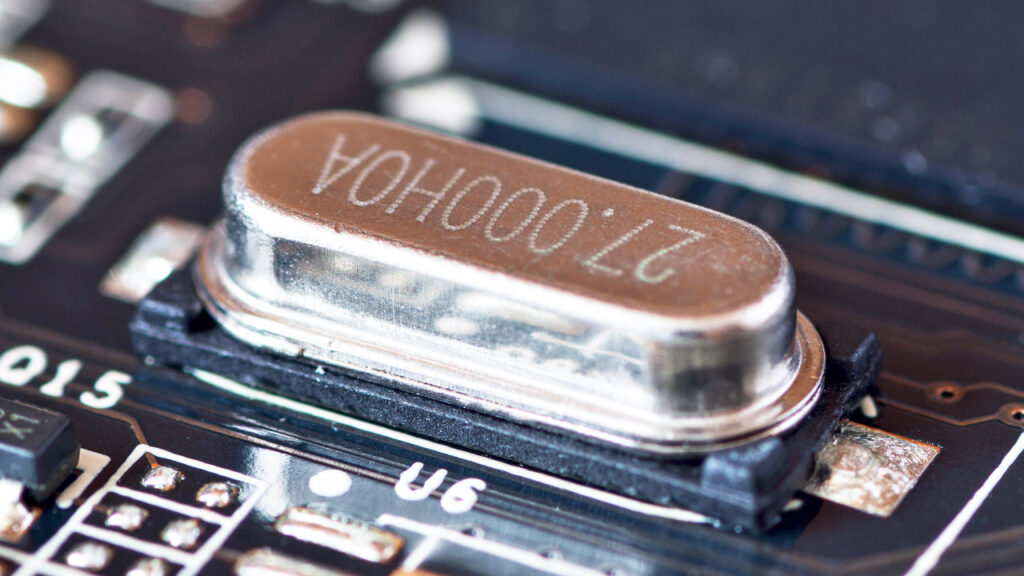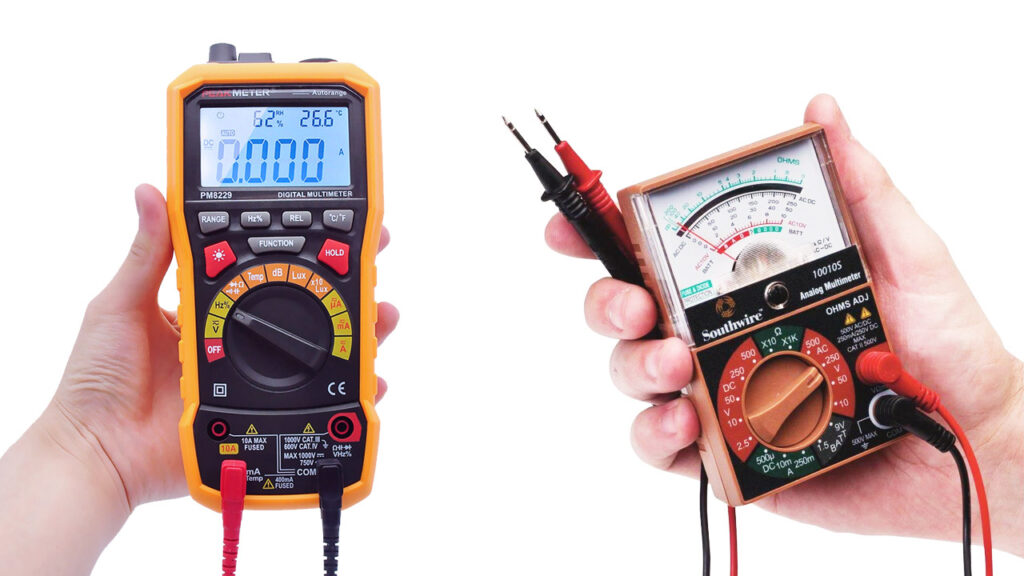What Is LED Driver and How Is It Produced?
The source that provides the power required to operate an LED or LED array is called an LED driver. Constant current power supplies are used to prevent the LEDs from failing by drawing too much current. The constant current LED driver is designed to deliver a constant output current within the specified voltage range.

The color, power and other production details of the LEDs determine the operating voltage of the LED. LEDs are very sensitive to electrical voltage. With a small change in voltage, the current changes a lot. The temperature reached by the LEDs during operation also affects the voltage and indirectly the current.
The source that provides the power required to operate an LED or LED array is called an LED driver. Constant current power supplies are used to prevent the LEDs from failing by drawing too much current. The constant current LED driver is designed to deliver a constant output current within the specified voltage range.
LED driver is a very important part for LED lights. This part ensures that the system maintains its performance over a long period of time and the LED operates without failure up to the lifetime specified by the manufacturer.
The LED driver provides the LEDs with the appropriate driving current, protects them from fluctuations in the input voltage, provides high voltage, short circuit, overload protection, reduces harmonics and regulates the power factor.
The first stage of LED driver production is circuit design. The design starts with the selection of an integrated circuit specially developed for LED lighting applications. Integrated circuit manufacturers such as Texas Instruments, ST, Infineon, and ON Semiconductor share reference designs of LED drivers of varying power and specification.
Some calculations are made according to the driver characteristics and other circuit elements (resistor, diode, capacitor, transistor, fuse) to be used are determined. After the schematic design, printed circuit board (PCB) design is started. The PCB design is very important to meet the specified performance criteria (efficiency, power factor, THD).
After the PCB design is done, the PCB is produced. Circuit board production is done by PCB manufacturers.
After the PCB production, the soldering stage is started. LED driver components are soldered to the board with an automatic soldering machine. While some manufacturers have their own soldering line, some outsource this service.
If there is no connector on the driver circuit, the cable is soldered to the input and output points. Generally brown and blue cables are used at the input, and red and black cables are used at the output. The red cable at the output is soldered to the anode (+), the black cable to the cathode (-).
After the soldering process, the driver circuit is placed in a metal or plastic housing as needed. In order to provide resistance against water and dust in LED drivers, which are planned to operate in outdoor conditions, resin is filled into the case. The chemical filled in the driver also hardens and protects the driver against vibration, shock and other physical damage.
The basic features of the driver are written with laser marking or label on the LED driver housing.
Philips, Osram, Mean Well, Tridonic, Lifud, Inventronics, Eaglerise and Moso are the world’s leading LED driver manufacturers.
You can contact us via the comment section for your questions about LED drivers, their types, design and production processes.






